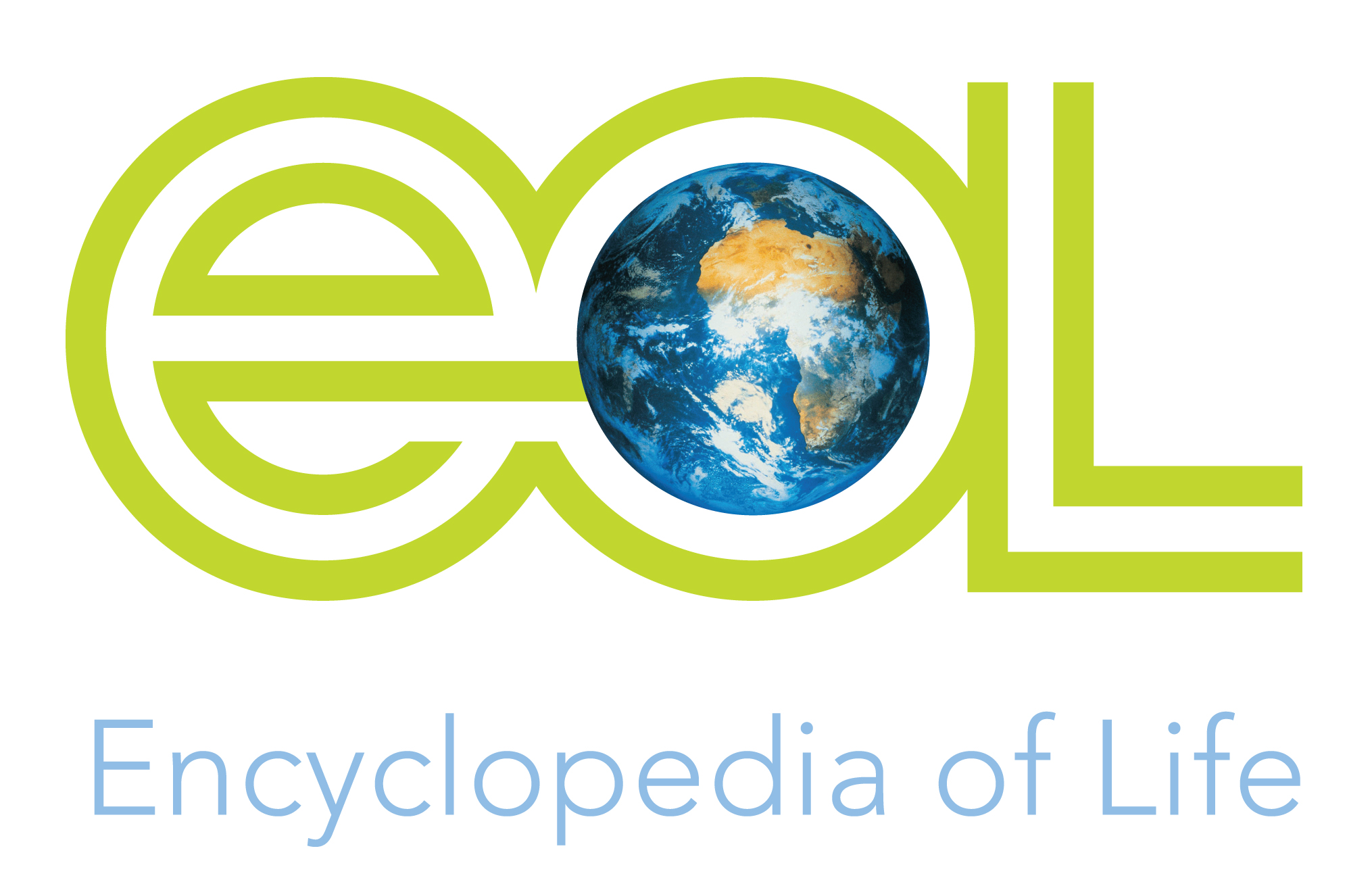habitat_narrative
Terrestrial|Freshwater (=Inland waters)
Spotted-necked Otters are thought to inhabit freshwater habitats where water is not silt-laden, and is unpolluted, and rich in small fishes (Perrin and Carugati 2000a, dâInzillo Carranza and Rowe-Rowe 2013). However, anecdotal observations suggest they can occur, and can be common, in relatively polluted rivers, such as the Braamfonteinspruit, Jukskei River and Blesbokspruit, Gauteng Province (Ponsonby, thesis, in prep.), and the Vaal River (Power 2014). More surveys are needed to determine at what threshold of water quality otter densities decline. The home range of these otters has been estimated at 5.9â27.4 km2 and the mean length of river within home ranges was 14.8 km (Perrin et al. 2000). They occur in groups of usually up to five individuals, but are most frequently singular (Skinner and Chimimba 2005), and are predominantly diurnal (Perrin and dâInzillo Carranza 2000a), and very aquatic in nature compared to the Cape Clawless Otter.Adequate riparian vegetation, in the form of long grass, reeds, or bushes, is also essential to provide cover (Perrin and dâInzillo Carranza 2000b), especially during periods of inactivity (Perrin and dâInzillo Carranza 2000a). Unlike the Cape Clawless Otter, the Spotted-necked Otter does not occur in marine or estuarine waters (Rowe-Rowe and Somers 1998). However, it does co-exist with the Cape Clawless Otter along rivers (Somers and Purves 1996, Perrin and Carugati 2006, Power 2014), and while there is dietary overlap (Somers and Purves 1996, Rowe-Rowe and Somers 1998, Perrin and Carugati 2000a), it seems to be more of a fish specialist (Rowe-Rowe 1977, Perrin and Carugati 2000b). Interestingly, Spotted-necked Otters also display more dietary adaptation in different habitats than Cape Clawless Otters (Perrin and Carugati 2000b). The introduction of exotic trout into South African rivers has presumably benefitted the species (Rowe-Rowe 1992a, Perrin and Carugati 2000a, Perrin and dâInzillo Carranza 2000b).
Ecosystem and cultural services: Although they do occasionally persist in poor quality river systems (Power 2014), otters are thought to be indicator species (Rowe-Rowe 1997). The presence of otters in a water body generally indicates a healthy, unpolluted habitat.

